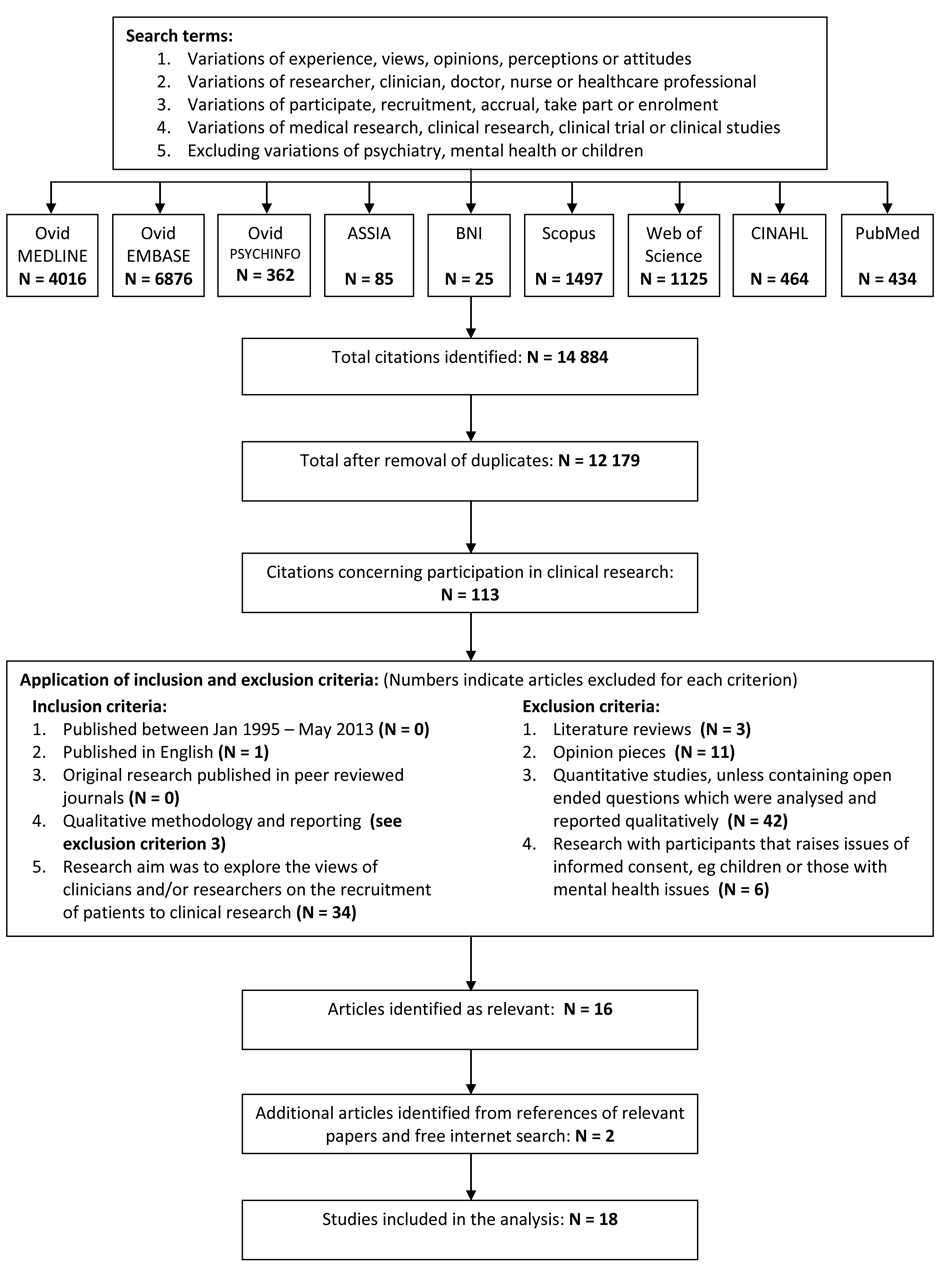
Figure 1. Search strategy and identification of studies included in the review.
| Journal of Clinical Medicine Research, ISSN 1918-3003 print, 1918-3011 online, Open Access |
| Article copyright, the authors; Journal compilation copyright, J Clin Med Res and Elmer Press Inc |
| Journal website http://www.jocmr.org |
Original Article
Volume 6, Number 3, June 2014, pages 162-172
Researchers’ and Clinicians’ Perceptions of Recruiting Participants to Clinical Research: A Thematic Meta-Synthesis
Figure

Table
| Recruitment strategy | Specific techniques |
|---|---|
| Emphasizing the potential benefits | Training recruiters to focus on study highlights [33] |
| Neglecting to remind patients of randomization [32] | |
| Advertising participation as the only way to access a particular treatment [34] | |
| Focusing on elements important to each individual patient [47] | |
| Exploring what could be offered in return for participation [42] | |
| Offering flexible appointment dates and times [47] | |
| Engendering patient support | Appealing to altruism [45, 47] |
| Mentioning the study at an early stage of treatment [32, 44, 45] | |
| Providing positive messages about clinical equipoise and the importance of randomization [32, 45] | |
| Discussing the research in an unhurried manner in a stress free environment [32, 34, 39, 48] | |
| Recruiting in the community, rather than a clinical environment [37] | |
| Having dedicated and knowledgeable recruiters [45] | |
| Adapting recruitment strategies for individual patients [33, 34, 41, 47, 48] | |
| Being culturally sensitive and inclusive [37, 40, 42] | |
| Involving influential family or community members [47, 48] | |
| Visibly advertising the study and providing information in an accessible way [45, 48] | |
| Including stories from previous participants in the recruitment information [46, 47] | |
| Participating in strategies to increase public awareness of clinical research [45] | |
| Establishing effective systems for recruiters | Providing regular research updates and reminders [34-36, 43, 46] |
| Offering incentives for good recruitment [34, 35, 44] | |
| Allowing additional time for recruitment [46] | |
| Ensuring researchers, not clinicians, are responsible for labor intensive aspects of recruitment, such as trawling records and databases [34] | |
| Providing appropriate training [34, 36] |